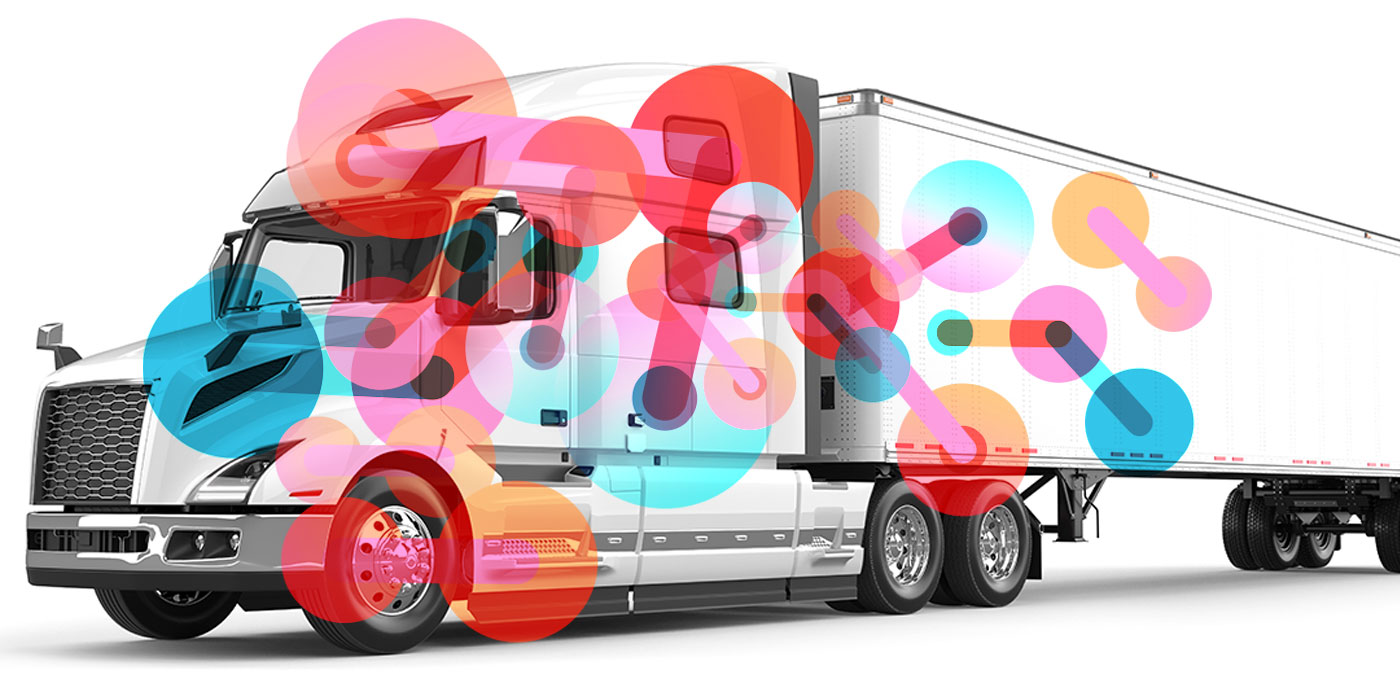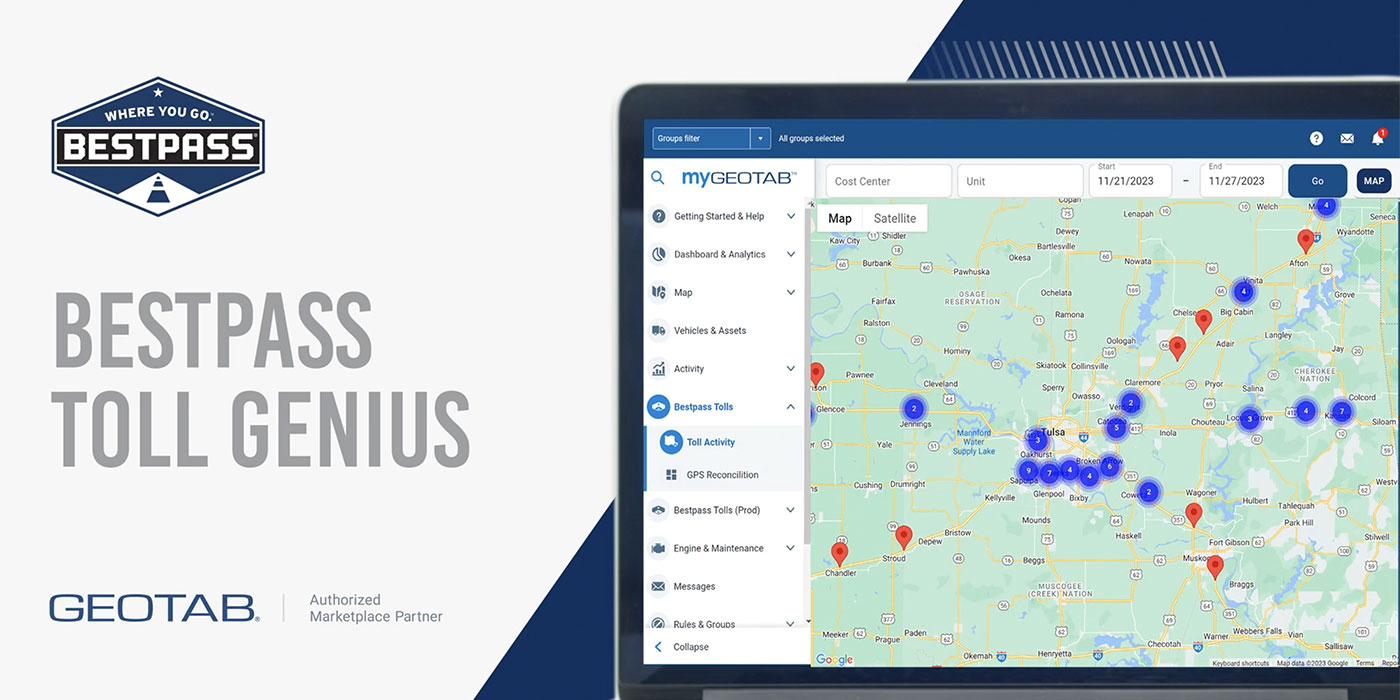Seventy million dollars in annual savings—that’s what the U.S. Postal Service could achieve if it implements telematics across its entire fleet of roughly 215,000 vehicles, according to the USPS Office of Inspector General’s 2015 report, “The Internet of Postal Things.”
The report’s title is a play on the Internet of Things (IoT), a sprawling category of applications that includes telematics. With a telematics solution, fleets have access to rich data on vehicle position, speed, idling, aggressive driving, seat belt use, fuel consumption, engine faults, and more, enabling insights—and savings—that otherwise might have been missed.
According to the report, the USPS plan would use vehicle sensors to identify when a component is out of an acceptable range, triggering a maintenance alert. Many fleets have used this type of telematics application for years because it’s always cheaper to catch and fix a problem before it snowballs into a more expensive one, like having a vehicle out of commission for days. “Problems are spotted and fixed before they would surface in normal maintenance inspections, dramatically reducing the number of scheduled visits,” says the USPS Inspector General’s report. However, there is huge potential for the USPS to save even more money by going a step further with its data.
By monitoring and analyzing fuel consumption data of vehicles used by its contractors, like those hauling mail across country, the USPS could see additional savings. In fact, a 10% reduction in fuel usage could save $120 million annually. The USPS could then extend this data to increase its profitability by favorably structuring its contracts using the more accurate picture of fuel usage that telematics provides.
Safety benefits the bottom line, too
When developing a big data telematics strategy, federal agencies can also learn from successful deployments by states, municipalities and enterprises. One example is DC Water, a municipal utility with a fleet of more than 600 vehicles and roughly another 1,200 pieces of equipment.
DC Water wanted to maximize both savings and safety, which inherently go hand-in-hand. Using telematics data, fleet managers can identify unsafe driving habits that, if not addressed, often result in high insurance premiums, worker’s comp claims and lost productivity, ultimately increasing overall fleet costs.
By implementing telematics, DC Water can track habits such as seat belt use and speeding, and its fleet services department can then use that data to identify drivers that require additional safety training, or in-cab coaching to correct those behaviors.
“What it’s done is cut down the cost on tickets, on accidents, on potential accidents and on the harsh use of vehicles,” says Timothy Fitzgerald, DC Water’s director of fleet management. “We have more frequent talks with our operators, and we actually have an exchange. Folks are more apt to assist in the process than be against it. We have different unions and they have all been receptive to Geotab, as well. It creates an honest working environment.”
To maximize savings and take DC Water’s fleet from a cost driver to a profit generator, they also wanted to use telematics for predictive rather than just preventative maintenance. “In Washington, D.C., we have the second-worst rush hour traffic in the country, so it helps us to understand and know beforehand if a vehicle is having a problem with a potential breakdown,” he says. “That’s also a cost avoidance for us and for everyone else involved when you consider being broken down on the road and backing up traffic.”
DC Water and the USPS are just two examples of how government at every level is combining data to make informed decisions about their fleet operations.
This article was contributed by Colin Sutherland, the executive vice president of sales and marketing for Geotab. Visit geotab.com for more information.













